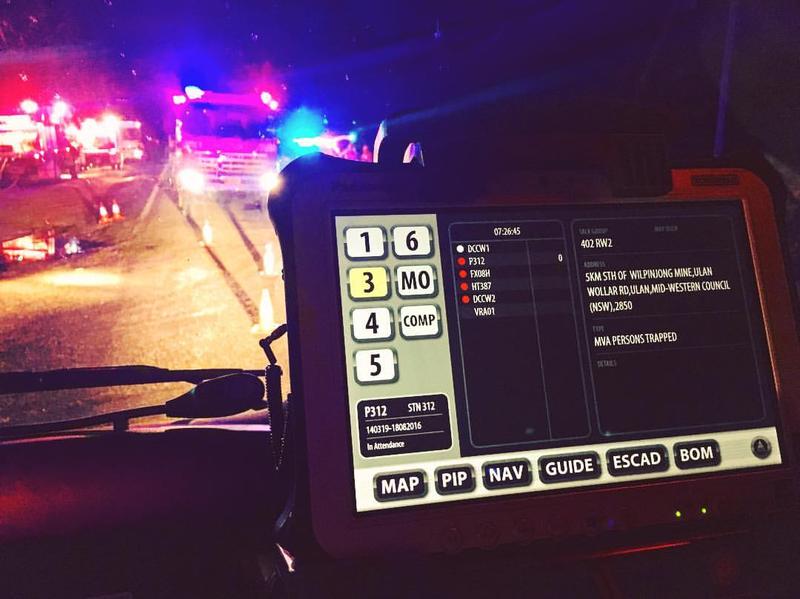Firefighting tech so useful it might be turned off
- 18 March, 2019 11:33

The mobile data terminals (MDTs) that have been rolled out across New South Wales are proving so popular that Fire and Rescue officials are considering temporarily shutting them off to test firefighters’ ability to cope without them.
Hundreds of the rugged tablets are in use across the state, with at least one in every station. The devices serve up useful information for firefighters on their way to an incident, such as details of the triple zero call, hydrant locations, utility locations, weather information from the Bureau of Meteorology, maps, turn by turn directions, and site specific information on hazards to help them make better decisions.
The Panasonic-made terminals also display Emergency Services Computer-Aided Dispatch (ESCAD) information on which other emergency services may be in attendance.
They have been described by firefighters as a “one stop shop for all the data they need”.

“And regionally they love it. You can go just about anywhere in the state now and you’ll see the Station Officer getting in the truck and lifting the MDT with them,” said Robert Hilditch, CIO of Fire and Rescue NSW at an AIIA event in Sydney last week.
The MDTs have become an integral part of operations since they were rolled out in 2016, and have led to an 80 per cent drop in radio communication traffic in many areas.
“To the point where we’re actually going to look at, maybe picking a few days a year to stop the MDTs working so that some of the stations start using their radios again,” Hilditch, who joined the service in 2015, revealed.
Although most of a firefighter’s incident communications have switched to the MDT, radio is a still “very important” part of the mix, said Hilditch.
“We got to very remote areas, so we still have challenges with the technology. Way out there, as a state we still need to work on that but we’re making big enhancements,” he explained.
Fire and Rescue NSW is uplifting the bandwidth of stations across the state as there are “some pretty horrendous [data] speeds out there,” Hilditch said.
But, he added, radio remains an essential back-up. The service is engaged in NSW’s Critical Communications Enhancement Program, which was launched by the NSW Telco Authority in 2016.
The program aims to deliver greater access for first responders and essential service agencies to public safety standard radio communications. This will be achieved by consolidating the large number of separate radio networks – made up of some 2,600 radio sites and almost 27,000 radio assets – owned and operated by various NSW Government agencies.
By combining them into the state Government Radio Network, coverage is expected to increase from less than 35 per cent of NSW to more than 80 per cent.
“With our firefighters and the fact they could be put in dangerous, hazardous situations, we need to make sure they have communication at all times, so it’s radio, it’s the mobile data terminal, it’s satellite capability and it’s working with our partners and the Telco Authority,” Hilditch said.

